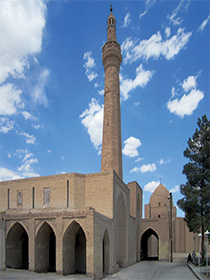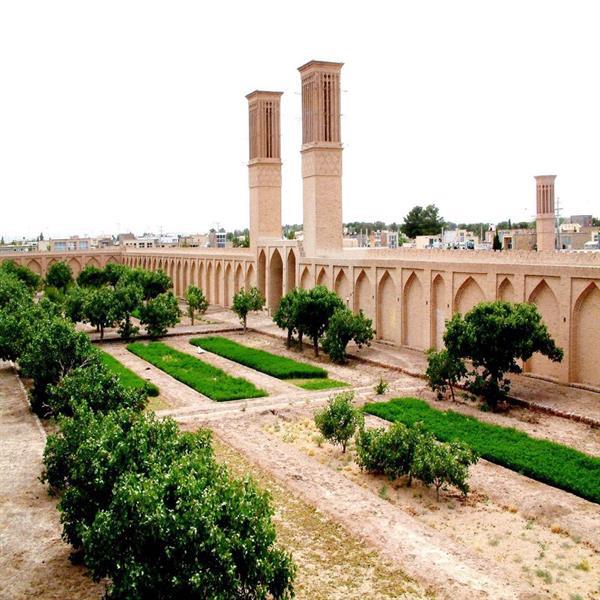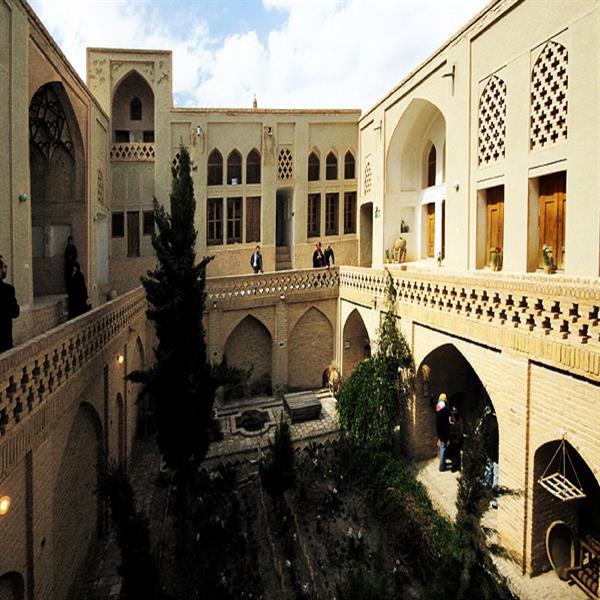Naein
The spectacular desert city, which has desert climate and experiences extremely hot summers and relatively cold winters is called Naein in Isfahan Province. The township with 35,000 sq.m area and lies at an altitude of 1545m above sea level, and none of the mountains are closer than 18 kilometers. The desert city is located at 140 km distance to the east of Isfahan and 170 km north of Yazd. This county is neighbors Semnan Province in the north, Khorasan Province in the east, Yazd Province in the east and Ardestan and Isfahan cities in the west. It is neighboring the central plateau of Iran. Like much of the Iranian plateau, it has a desert climate, with a maximum temperature of 41°C in summer, and a minimum of -9°C in winter.

History
The history of the city dates back to the Achaemenid (550-330 BC) and Parthian (247 BC–224 CE) eras when the city served as an administrative center for Yazd. After the advent of Islam, the city became a rest stop for Caravans crossing the desert. At the start of the old Safavid pilgrimage route across the desert to Mashhad, this crumbling mud-walled town ranks among the most picturesque in Iran.
The desert city's age is more than 3000 years old. It was said that the name of Naein was taken from a marshy herb called “Ney” (straw in English), or the Jews who had been They were moved from Jerusalem to the east built this city in memory of their homeland. Some linguists believe the name of this town may have been derived from the name of one of the descendants of the prophet Noah. Another aspect, which seems somewhat weak, this city has a beauty meaning, and was a Hebrew word, and one of the Palestinian cities was the same.
Attractions
Unique to this county are some of the most outstanding monuments in all of Iran; One of the most distinctive building is an ancient mosque with an unusual octagonal minaret, one of the first four mosques built in Iran after the Arab invasion and which retains some exquisite decorative brickwork. The pre- Islamic Narenj Fortress; a Pirnia traditional house; the Old Bazaar; ancient Rigareh, a qanat-based watermill and a Zurkhaneh (a place for traditional sport). The Mosalla prayer grounds where mystics and important personalities are buried in here, the last attraction is Fatemi House at this city. Besides its monuments, the city is as well as well-known for carpets and wool textiles.
Abaa Bafi in Naein
“Abaa Bafi” (Weaving cloaks) is a popular and common handicraft in this city. Abaa weavers produce their products, from the sheep and camel wools, and in yellow, black, red and brown colors. Cloaks workshops are known among the local people as “Sardab”. Some of these “Sardab”s are the location of seasonal and permanent handicraft exhibitions. In these exhibitions, there are different types of handmade carpets in small sizes and various colors and roles. In addition, in these places, you can closely observe the masterpieces of cloaks weaver masters and rug weavers that will be welcomed by the guests. In the past, the people threw the “Abaa” on their shoulders, and they warmed themselves in the cold season by pulling the “cloak” on their head and wrapping it around themselves.


